Date: 19 October 2001
During the last decade or so, however, a new process has been developed which is opening up brand new areas and applications for glass. This technique is screen printing.
Although screen printing was invented centuries ago, it is only relatively recently that the process has been adapted for use on glass. The first Svecia machine specially designed for printing on glass was produced in the 1960s. In the late 1980's, however, the technology improved significantly.
Glass panels for retail and office buildings are now routinely screen printed to enhance the overall decorative effect and laminated safety glass is screen printed with a decorative motif in order to offer additional protection. Shower screens are also screen printed with an attractive motif or pattern while gaming machines are decorated with images in a multitude of colours. The finished one-armed bandits are vibrant, bright and fun which certainly enhances user enjoyment and could well lead to increased spend.
Svecia offers everything from the hand-fed Sveciamatic, which is ideal for small runs to a fully automatic in-line SAM-GB, which can print and finish both automotive and architectural glass. This machine can be linked to a full production system comprising the loading conveyor, rotating table, make-up conveyor, registration station, the printing machine, buffer conveyor, transfer or synchronizing conveyor, inspection station, dryer, accumulator (this can house up to 40 sheets of glass) and the exit module. Svecia can naturally tailor a complete line to suit a company's individual requirements.
The latest screen printing technology is opening up a wealth of opportunity for industries that require decorated glass. It means that this versatile but fragile material can be used in a variety of new applications while ensuring minimal wastage.

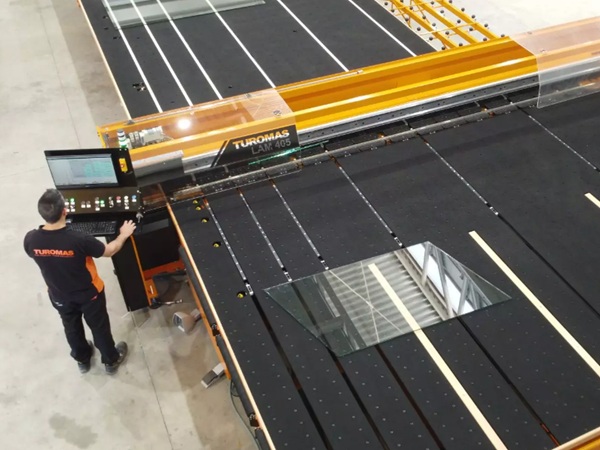

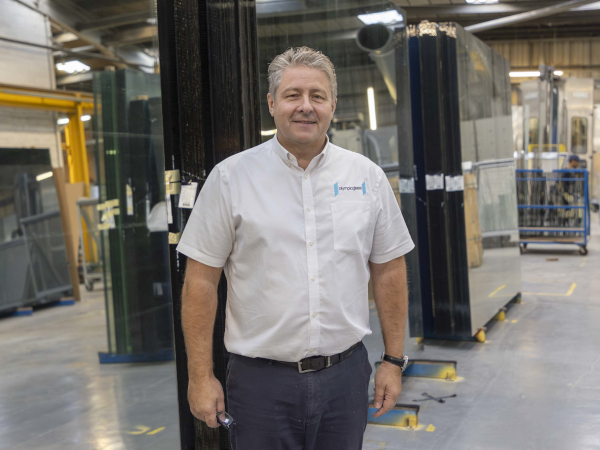


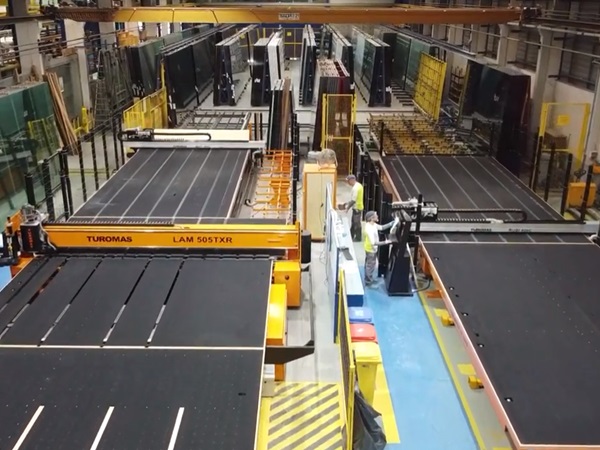





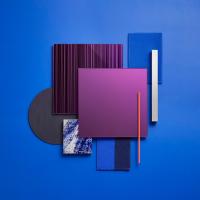
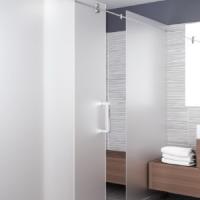
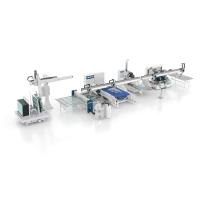


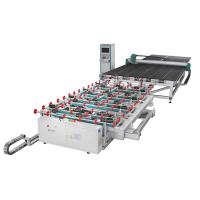
Add new comment